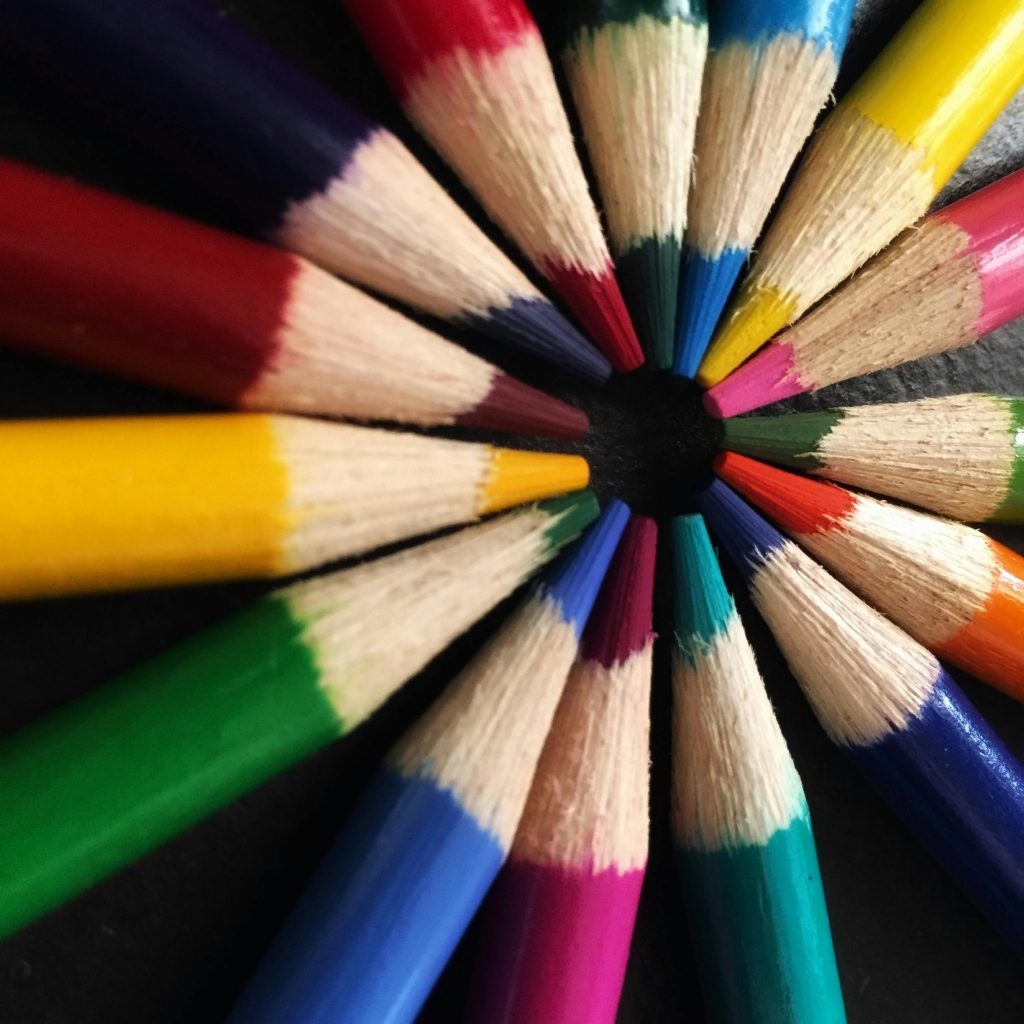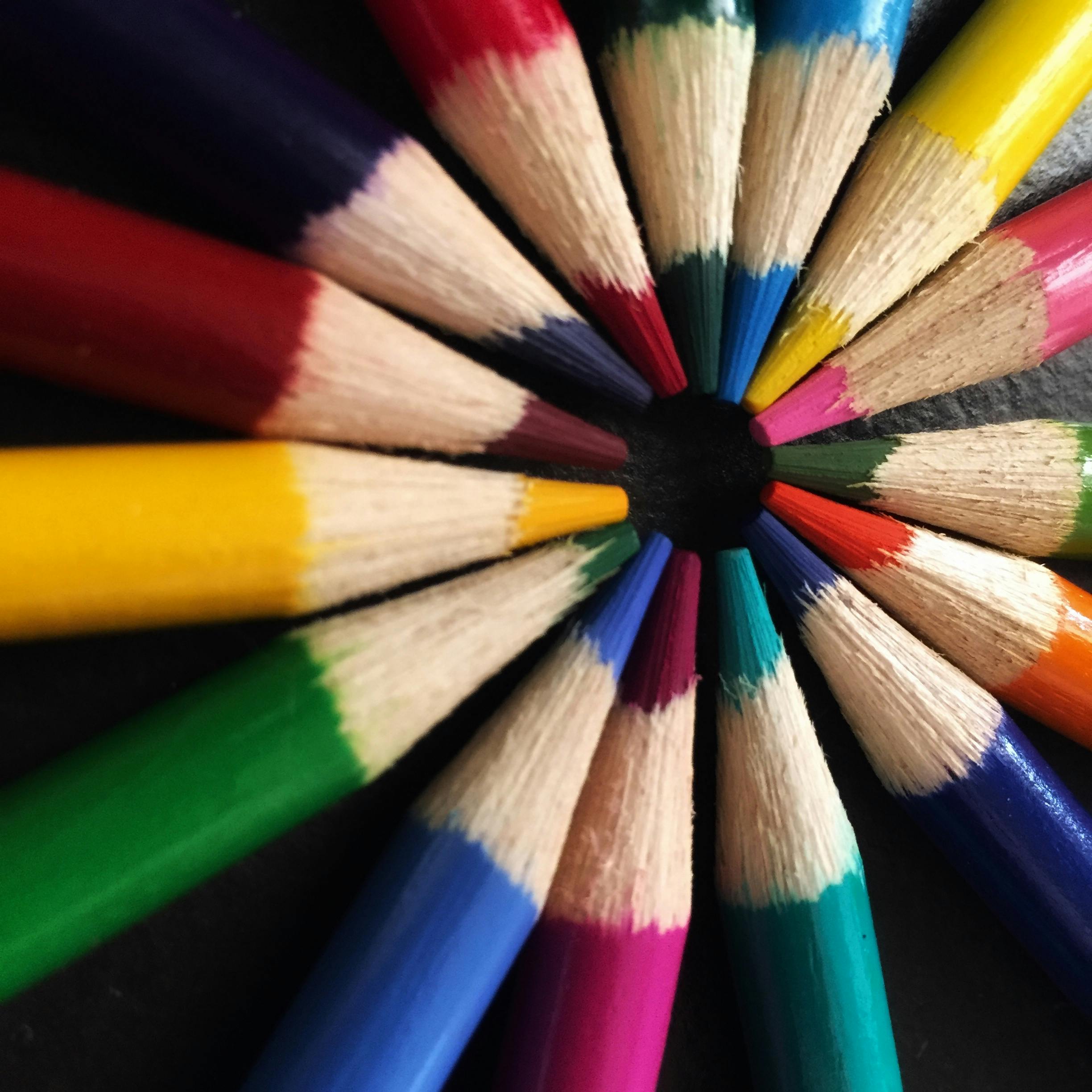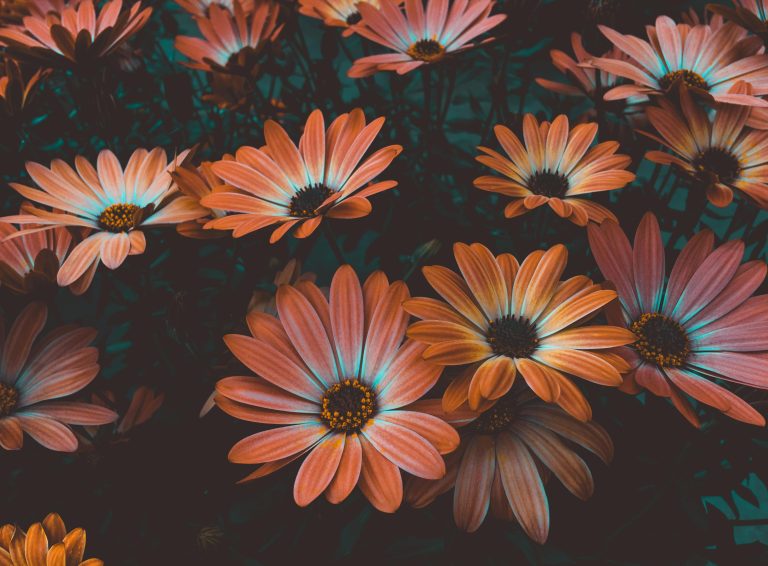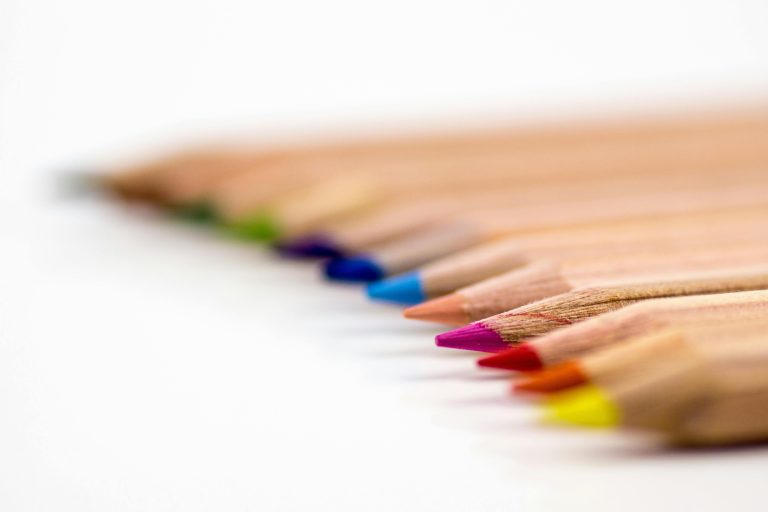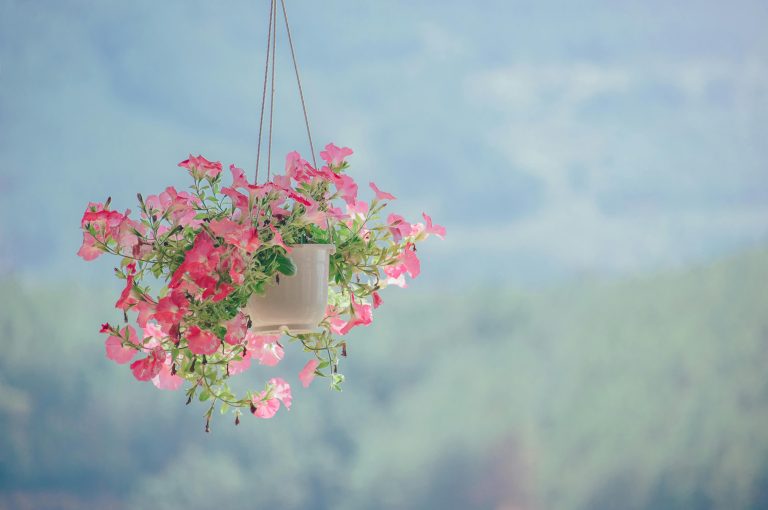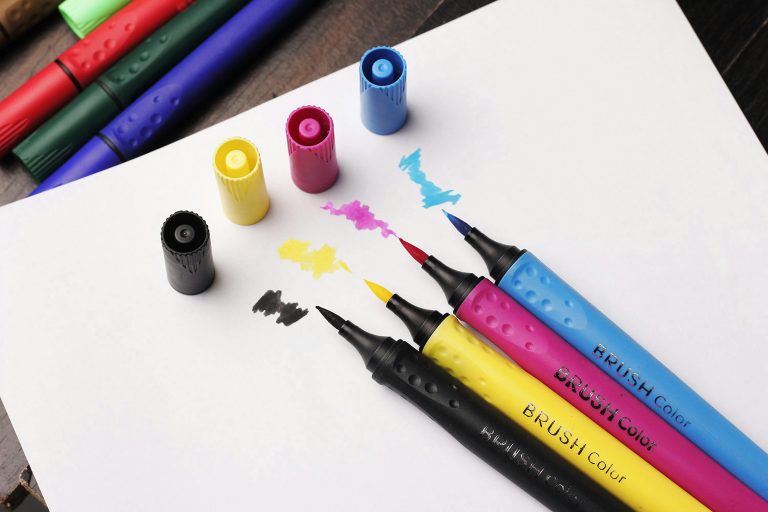Color to Calm: The Psychology Behind Why Coloring Feels Like Therapy
There’s something sacred about sitting down with a blank coloring page, a soft playlist in the background, and your favorite gel pens spread out like candy. Time slows. Breath deepens. You forget about your notifications, your to-do list, your overthinking.
Coloring isn’t just a childhood activity—it’s a proven psychological tool for emotional regulation, focus, and sensory grounding. And the best part? You don’t need to be artistic to feel the benefits. You just need to show up with color.
Welcome to the psychology of coloring—a slow ritual your nervous system already craves.
Why the Brain Loves Repetition and Pattern
Coloring activates your brain’s prefrontal cortex—the area responsible for focus, logic, and executive functioning. At the same time, it soothes the amygdala, the part responsible for stress and fear responses. The repetitive motion of coloring inside the lines acts like a neural lullaby.
Patterns matter too. Mandalas, florals, soft line art—these designs offer gentle boundaries. The more structured the page, the more your brain relaxes into it.
Think of it like this: your mind has a thousand tabs open. Coloring quietly closes each one.
Coloring as Active Meditation
Most people struggle with traditional meditation. Sitting in silence with racing thoughts? Not always helpful. Coloring offers a form of active meditation—a task that allows the hands to move while the mind rests.
As your hand glides across the page:
- Your breathing slows
- Your thoughts soften
- Your focus returns
- Your nervous system shifts from fight or flight to rest and digest
You’re not zoning out—you’re zoning in.
The Power of Color Psychology
The colors you choose while coloring aren’t random. Your brain responds differently to each hue, even when you’re not consciously aware of it. Here’s what common calming tones may signal:
- Lavender – tranquility, mental clarity, emotional softness
- Pale blue – serenity, trust, emotional openness
- Muted pink – self-love, safety, nurturing
- Sage green – balance, grounding, harmony
- Creams & neutrals – simplicity, order, quiet
Choosing soft tones mimics nature, mimics peace. That’s why muted coloring palettes are so popular in wellness spaces—they literally tell your brain: you can exhale now.
Why Coloring Feels Like Control (In a Good Way)
Coloring gives you a sense of agency without pressure. You get to choose the colors. Choose the page. Choose how long you stay. This gentle control is deeply regulating—especially for anxious or overwhelmed minds.
Psychologists refer to this as autonomous flow—a state where you feel present, engaged, and in control without feeling overwhelmed.
And when life feels unpredictable, small moments of control can feel like emotional lifeboats.
Emotional Release Without Words
Sometimes, you can’t explain what you’re feeling. Coloring lets you feel without having to talk. It’s a nonverbal expression tool—your emotions flow through color, through line, through pressure of hand.
- Pressing hard with deep reds? Emotional intensity.
- Choosing all cool tones? Your mind may be seeking stillness.
- Staying in one area of the page? Your body may want safety and repetition.
There’s no right or wrong way to color. Just clues. Just expression. Just gentle release.
How to Build a Coloring Ritual That Soothes
Turning coloring into a self-soothing ritual doesn’t require a big setup. Start with softness. Slow energy. Sensory cues.
- Choose a cozy corner with warm lighting
- Set out gel pens, colored pencils, or soft markers
- Use a diffuser or calming scent (lavender, chamomile, sandalwood)
- Put on a lo-fi or ambient playlist
- Let yourself color for just 10 minutes—longer if it feels right
You can even theme your ritual around moods:
- Anxiety reset – choose mandalas with soft pastels
- Sadness support – use florals and warm tones
- Mind clutter relief – abstract patterns with earthy greens and creams
Let it be slow. Let it be yours.
Final Thoughts
Coloring is more than filling in shapes—it’s a dialogue with your nervous system. A way to slow down, tune in, and feel something without needing to explain it. Whether it’s five minutes with a floral pattern or a full hour lost in pastels, coloring meets you where you are.
Let your hands move. Let your mind soften. Let color become your calm.
For more ways to slow down and reset, keep coming back to SootheSync.
